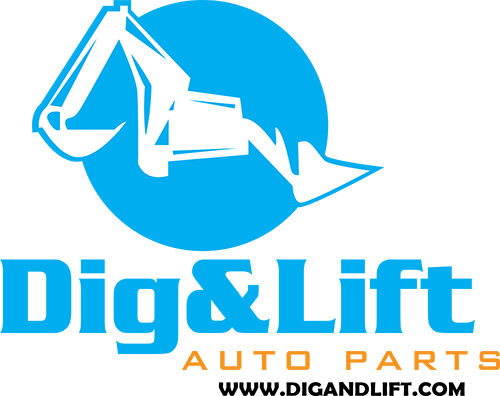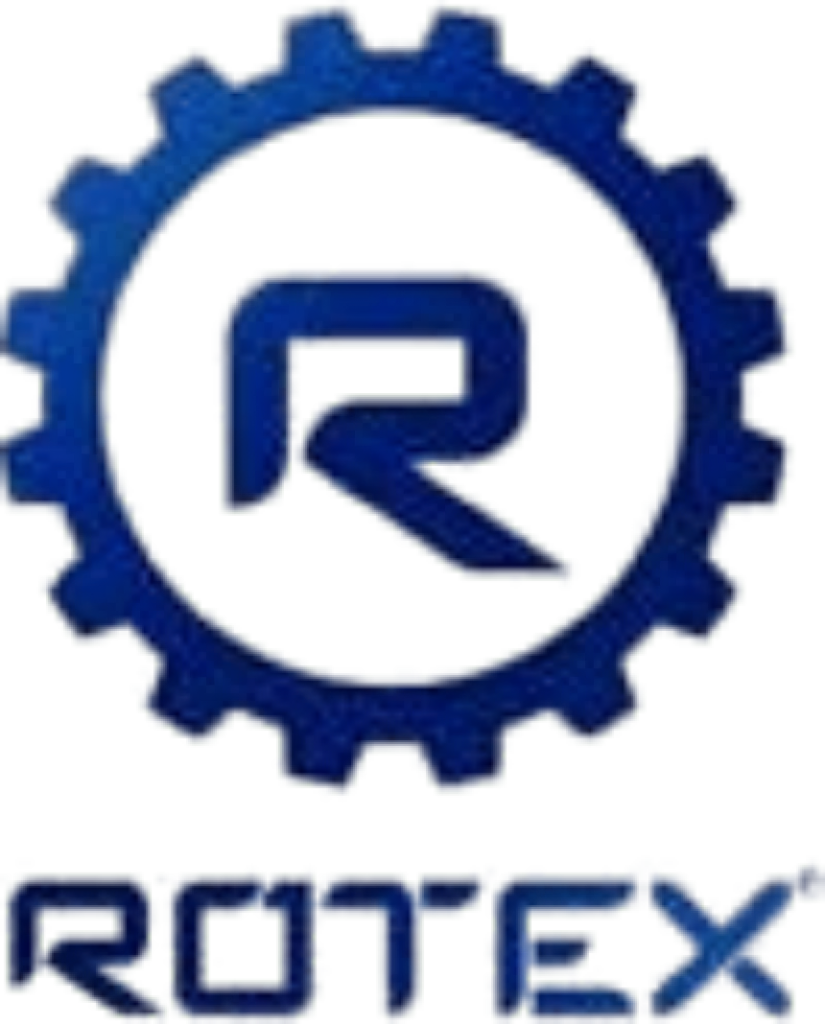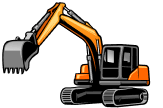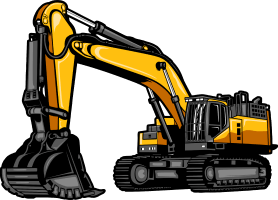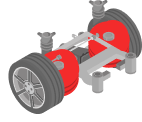Forklift maintenance is critical for any warehouse or manufacturing operation. Poor maintenance leads to expensive repairs, safety issues, and work delays. Most forklifts can operate for 10,000 hours, but proper care can extend this to over 20,000 hours.
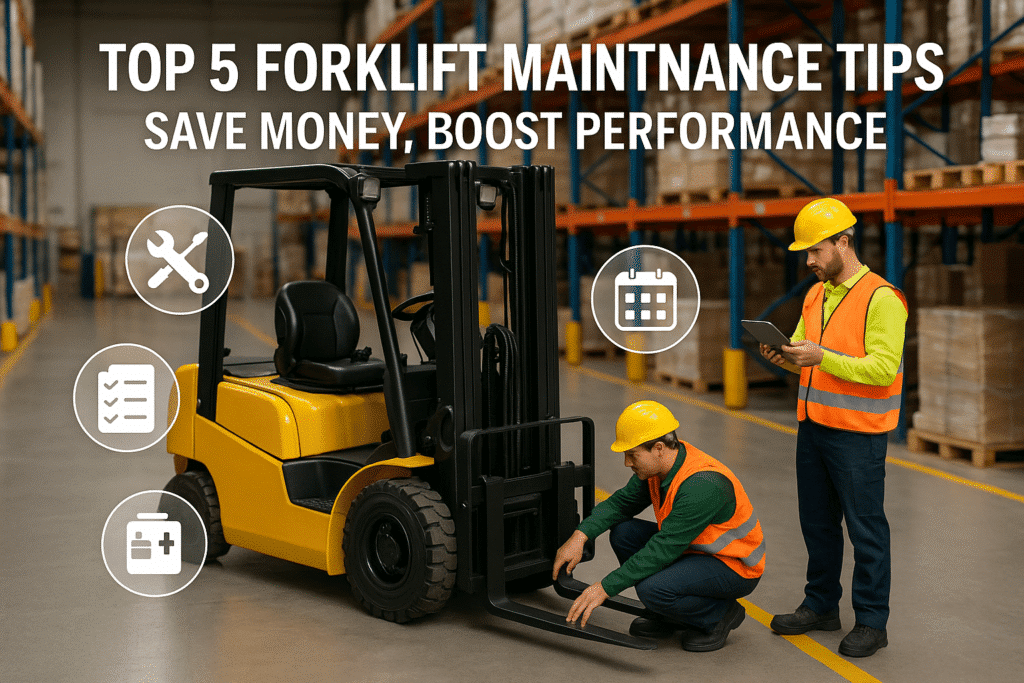
These maintenance strategies will help you avoid costly repairs and keep your equipment running efficiently.
Regular maintenance prevents small problems from becoming expensive repairs. Create a maintenance schedule based on operating hours rather than calendar dates. Most forklifts need service every 200-250 hours of operation.
Your preventive maintenance should include hydraulic system checks, battery inspections, and tire assessments. Check hydraulic fluid levels weekly and look for leaks around cylinders and hoses. Battery terminals should be clean and tight, with proper electrolyte levels maintained.
Inspect the mast and forks for cracks or damage that could create safety hazards. Replace worn parts before they fail completely. This approach costs less than emergency repairs and keeps your operation running smoothly.
Tracking maintenance history helps you make better decisions about repairs and replacements. Keep records of all service work, parts replacements, and operating hours for each forklift in your fleet.
Digital tracking systems work better than paper logs because they provide easier access to historical data. Record every maintenance activity including routine inspections, parts changes, and repair work. Include costs for both parts and labor to understand the true expense of maintaining each unit.
These records help identify patterns in equipment problems and plan future maintenance more effectively. They also prove valuable when determining whether to repair or replace aging equipment.
Your forklift operators work with the equipment daily and can spot problems early. Proper training reduces accidents and helps prevent damage that leads to expensive repairs.
Operator training should cover daily inspection procedures, safe operating practices, and basic maintenance tasks. Teach operators to check fluid levels, inspect tires, and test safety features before each shift. Show them how to identify warning signs like unusual noises, vibrations, or hydraulic leaks.
Well-trained operators take better care of equipment and report problems before they become serious. This prevents minor issues from developing into major repairs that could shut down your operation.
Clean work environments reduce forklift damage and improve safety. Debris on floors can damage tires and create handling problems. Uneven surfaces cause excessive wear on steering components and hydraulic systems.
Maintain smooth, clean floors throughout your facility. Remove spills immediately and repair surface damage promptly. Ensure adequate lighting in all work areas so operators can see potential hazards clearly.
Store materials properly to prevent spills and create clear pathways for forklift traffic. Mark permanent obstacles and create designated travel routes to reduce accidents and equipment damage.
Knowing when to replace equipment prevents excessive maintenance spending. Track repair costs against each forklift’s current value to make informed replacement decisions.
Consider replacement when monthly repair costs consistently exceed 10% of the equipment’s current value. Major component failures, such as engine or transmission problems, often signal that replacement makes more financial sense than continued repairs.
Plan replacements in advance rather than waiting for complete equipment failure. This enables better budgeting and prevents unplanned, more expensive purchases.
Regular forklift maintenance delivers significant cost savings. Equipment with proper maintenance also maintains higher resale value when replacement time arrives.
Well-maintained forklifts have fewer accidents and equipment failures. Regular inspections catch safety issues before they cause injuries or property damage. This protects both operators and other warehouse personnel.
Reliable forklifts mean fewer work interruptions and more consistent material handling operations. Planned maintenance can be scheduled during slow periods, while equipment failures always happen at the worst possible times.
Service forklifts every 200-250 operating hours or quarterly, whichever comes first. Heavy-use equipment may need more frequent service.
Operators can handle daily inspections, battery watering, and basic cleaning. Professional technicians should handle hydraulic, engine, and electrical work.
Budget 10-15% of the forklift’s purchase price annually for maintenance costs including parts and labor.
Replace when repair costs exceed 60% of new part cost, or when the same part fails multiple times within six months.
Check hydraulic fluid levels and battery connections daily. These prevent the majority of common forklift problems.
